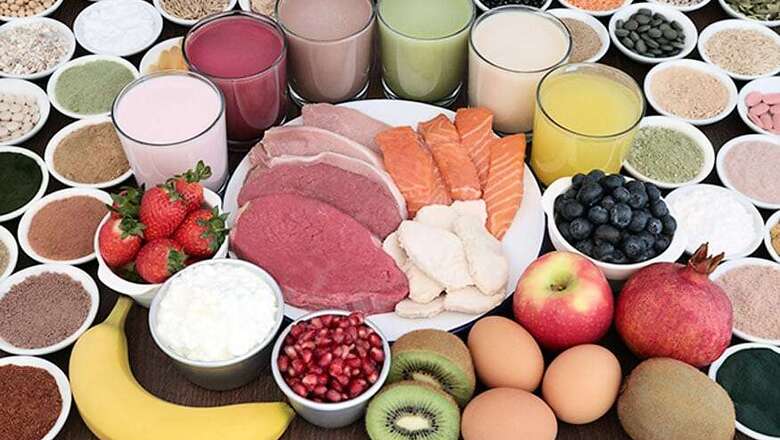
views
Scientifically recognized for their anticancer properties, antioxidants are present in all kinds of foods. But what exactly are these molecules and where are they found?
A relatively reliable clue to point you in the direction of antioxidants is color. In fact, these anticancer compounds are mainly found in the brightly colored fruit and vegetables that liven up our plates.
More precisely, this particular kind of antioxidant is a family of compounds called carotenoids, organic pigments produced by plants. The orange color of carrots, apricots and sweet potatoes comes from beta-carotene, the green in leafy vegetables (green cabbage, spinach, peas, avocado, etc.) comes from lutein and zeaxanthin, and lycopene gives tomatoes their red color.
Various studies have shown that green vegetables, notably spinach, plus green beans, bell peppers, carrots, tomatoes and cruciferous vegetables can be particularly protective against cancer.
Some vitamins, again largely found in fruit and vegetables, are also antioxidants. Vitamin C, for example, is an antioxidant that isn't produced by the body. Citrus fruit like clementines, lemons, oranges, grapefruits and kiwis are packed with vitamin C, not to mention berries like goji berries, rosehips, blackcurrants and small red fruit. As for vegetables, vitamin C is principally found in potatoes, turnips, green cabbage, bell peppers, fennel and spinach.
Vitamin E is another powerful antioxidant. It is found in vegetable oils (wheat germ, argan, canola, sunflower), nuts, avocado, asparagus, tomatoes, cabbage, blackberries and blackcurrants. Vitamin A (retinol) is produced in the body from beta-carotene, found in fruit and vegetables (carrots, apricots, mangos, dark green vegetables, sweet potatoes, parsley, algae) and animal products (butter, liver, fish, cheese, etc.)
Coffee, green tea, red wine
Finally, certain polyphenols are antioxidants. These have complicated-looking names like quercetin, genistein, catechins and curcumin, found in turmeric. They are, for example, the tannins found in lentils, green tea, grapes and red wine, or the flavonoids in dark chocolate. Dark chocolate has an ORAC antioxidant value (Oxygen Radical Absorbance Capacity, measuring the ability of a food to neutralize free radicals) of 13,000 per 100g, making it one of the best sources of antioxidants around.
Certain trace elements like zinc (oysters, beef, calf's liver) and selenium (meat, eggs, seafood) can also be considered antioxidants because they effectively combat the ageing of the body.
Beyond cancer risk, antioxidants are capable of reducing DNA damage, lowering cholesterol levels and blood pressure, and boosting the health of blood vessels, the immune system and bacteria in the microbiota.


















Comments
0 comment